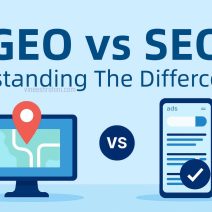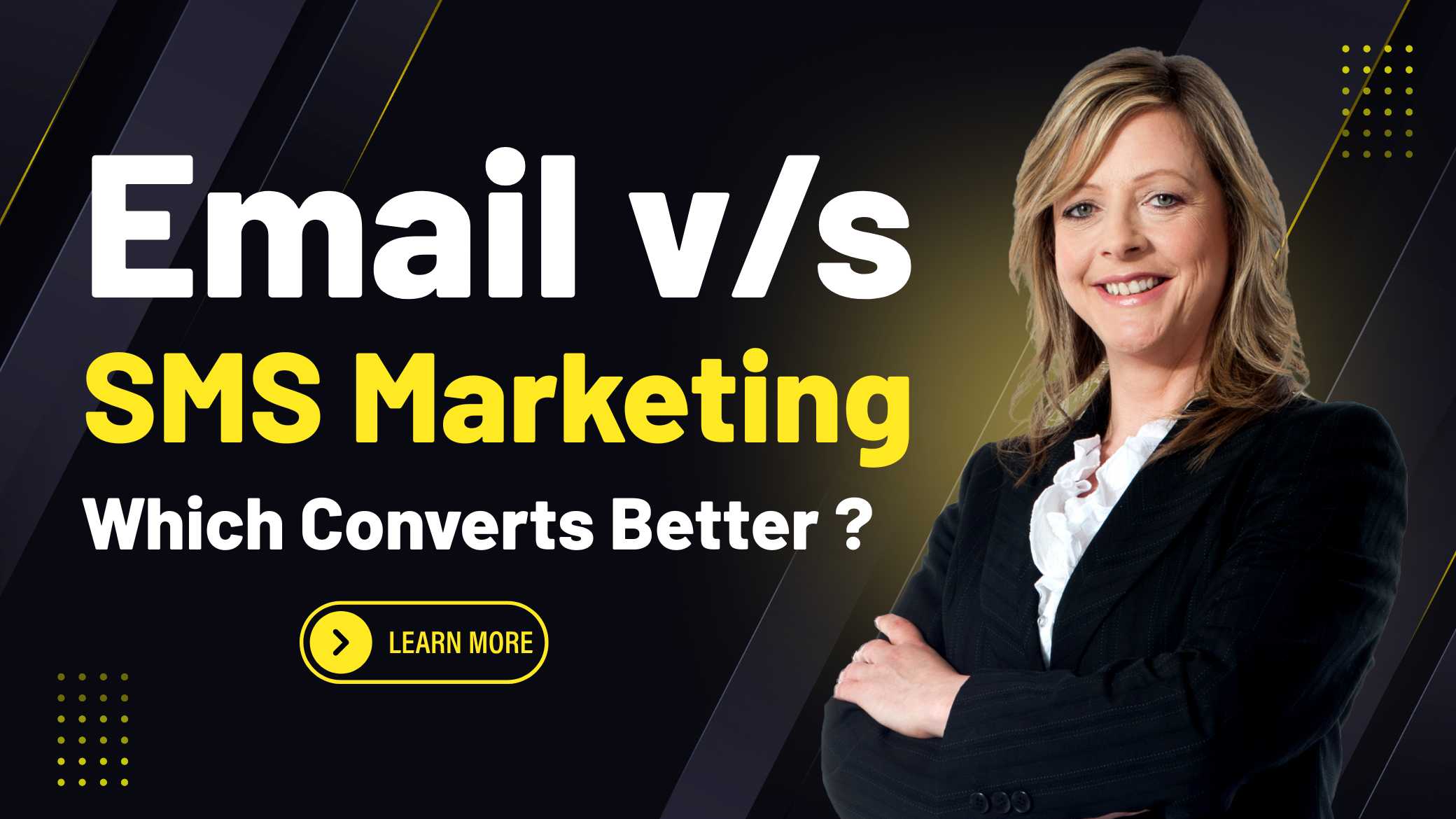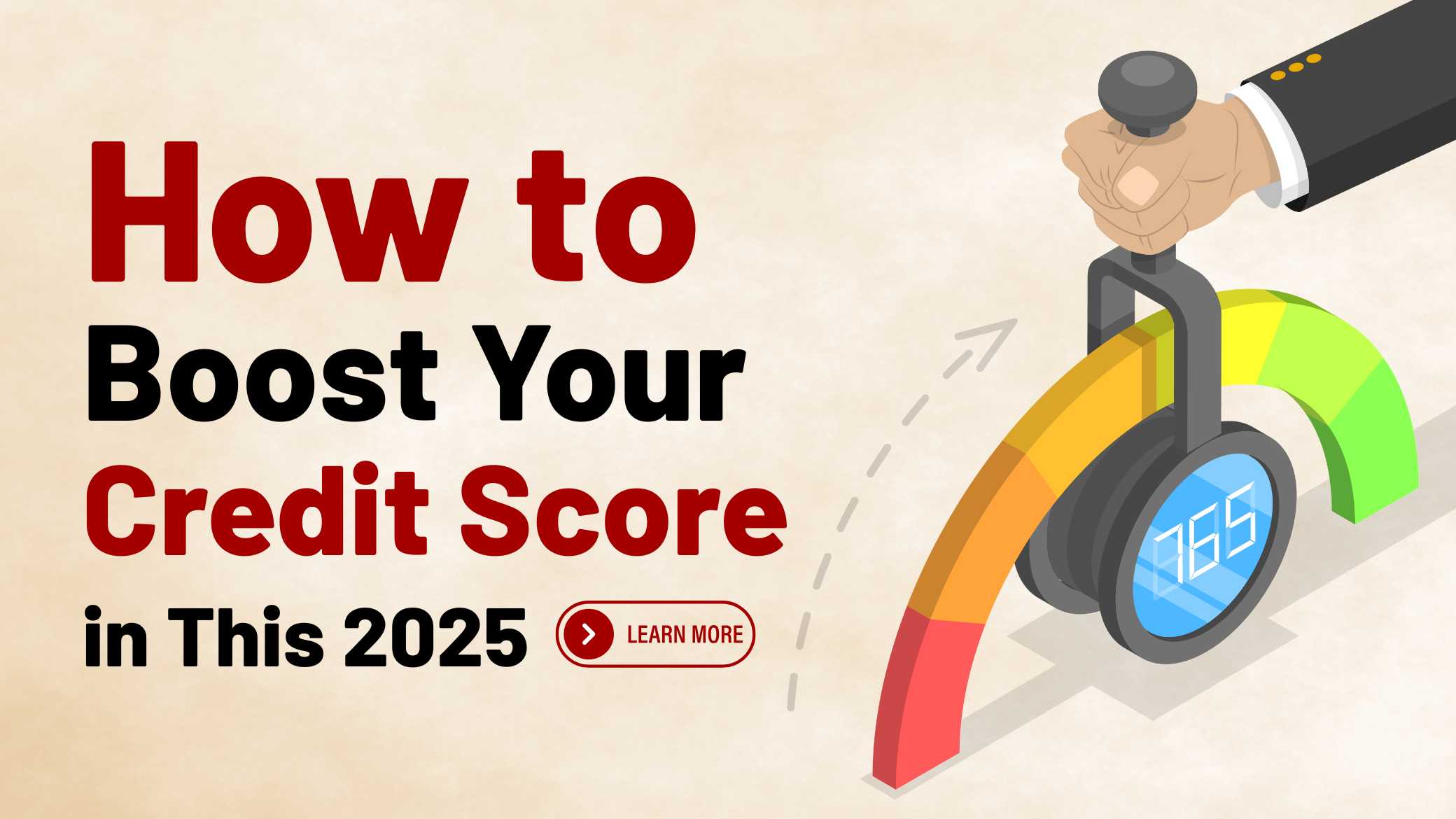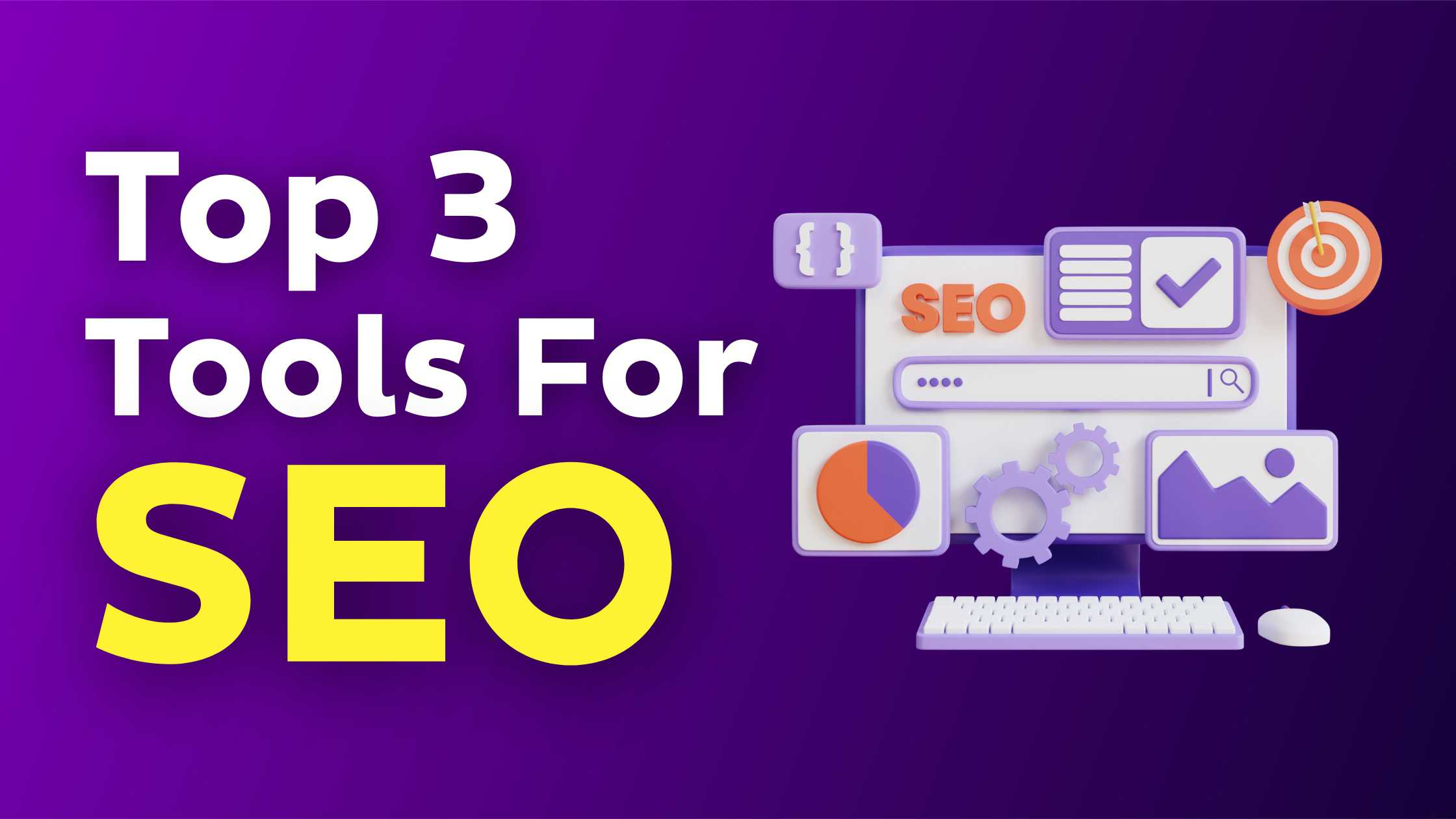Email vs SMS Marketing : In 2025, digital marketing continues to be the driving force behind business growth. As brands strive to communicate effectively with customers in a saturated online space, two power-packed channels stand out: email marketing and SMS marketing. While both are integral to successful outreach, marketers often grapple with the question—Which one converts better? Email and SMS marketing are both direct, measurable, and scalable, but they serve different purposes and offer varied results depending on the goal.
Table of Contents
This comprehensive guide breaks down the differences between email and SMS marketing in 2025, analyzes conversion metrics, and provides strategic insights to help marketers choose the most effective tool for their business.
What Is Email Marketing in 2025 and Why It Still Matters

Email marketing in 2025 is more advanced and intelligent than ever. With AI-powered personalization, hyper-segmentation, and rich design elements, email has evolved far beyond simple newsletters. Brands now use behavior-triggered emails, smart automation, and machine-learning algorithms to deliver highly targeted content directly to inboxes. With nearly 5 billion daily users accessing emails globally, it remains one of the most scalable and ROI-driven channels in digital marketing. Companies across industries—eCommerce, SaaS, finance, education—still depend heavily on email marketing to nurture leads, drive website traffic, and promote high-ticket products. Email’s capacity to deliver long-form content, embedded media, downloadable resources, and detailed CTAs makes it an irreplaceable medium for customer engagement and retention.
Key Metrics That Define Email Marketing Performance
In 2025, the success of email marketing is measured through key performance indicators like open rates, click-through rates (CTR), bounce rates, and conversion rates. On average, email open rates have stabilized around 28% across industries. Click-through rates hover between 3% and 5%, while conversion rates are roughly 15% when the email campaign is well-optimized with a clear offer, audience targeting, and a strong call-to-action. Perhaps the most compelling stat for marketers is email’s ROI—every $1 spent on email marketing yields an average return of $36, making it one of the highest-performing digital marketing channels.
Advantages of Email Marketing in 2025 for Business Growth
One of the biggest strengths of email marketing is its cost-efficiency. With tools like AI-driven copywriting, automated segmentation, and A/B testing, brands can scale campaigns without significantly increasing their budget. Email allows for highly visual content—GIFs, images, product carousels—and lengthy storytelling. It also excels in remarketing; automated flows for abandoned carts, onboarding, cross-sell and upsell are proven to bring users back into the buying cycle.
Read more: How to Become a Snapdeal Seller in 2025
With proper consent mechanisms and GDPR compliance, email builds trust while delivering commercial impact. Furthermore, email platforms integrate seamlessly with CRM systems, enabling marketers to track user behavior and refine customer journeys continuously.
What Is SMS Marketing in 2025 and How It Has Evolved
SMS marketing in 2025 has transformed into a lean, mean, conversion-driving machine. The days of spammy bulk messaging are long gone. Today’s SMS campaigns are data-driven, personalized, and tightly regulated for compliance. With the rise of mobile-first browsing and instant gratification behavior, SMS marketing offers immediacy and high visibility. Consumers are now accustomed to receiving personalized offers, appointment reminders, delivery alerts, and one-time passwords through SMS. This channel commands attention—most SMS messages are read within 3 minutes of receipt. Whether it’s promoting flash sales, confirming bookings, or nudging cart abandoners, SMS is one of the most action-driven tools in the marketer’s arsenal.
Key Metrics That Highlight SMS Marketing Effectiveness
SMS marketing boasts unmatched engagement. Open rates exceed 95%, making it the most viewed form of digital marketing. Click-through rates are around 10%, and conversion rates are often double that of email, averaging close to 29%. This means nearly 3 in 10 users take action after receiving a text. In terms of ROI, SMS marketing has caught up to email—with some businesses reporting returns as high as $71 for every $1 spent. These metrics make SMS marketing ideal for urgency-based campaigns where time and action are of the essence.
Advantages of SMS Marketing in 2025 for Conversion Optimization
Speed and immediacy are where SMS truly shines. Unlike emails that may sit unread in an inbox, texts are opened and read within minutes. SMS works without the internet, reaching users even in low-connectivity areas. It’s highly effective for appointment confirmations, limited-time promotions, and re-engagement campaigns. Unlike emails that can be long, SMS thrives on brevity—160 characters of value-packed content that drives clicks. Additionally, with AI-driven personalization tools, businesses can send localized and behavior-specific messages that are more likely to result in sales. For D2C brands, logistics companies, fintech startups, and healthcare providers, SMS has become indispensable in transactional communication.
Email vs SMS Marketing: A Direct Comparison of Conversion Potential
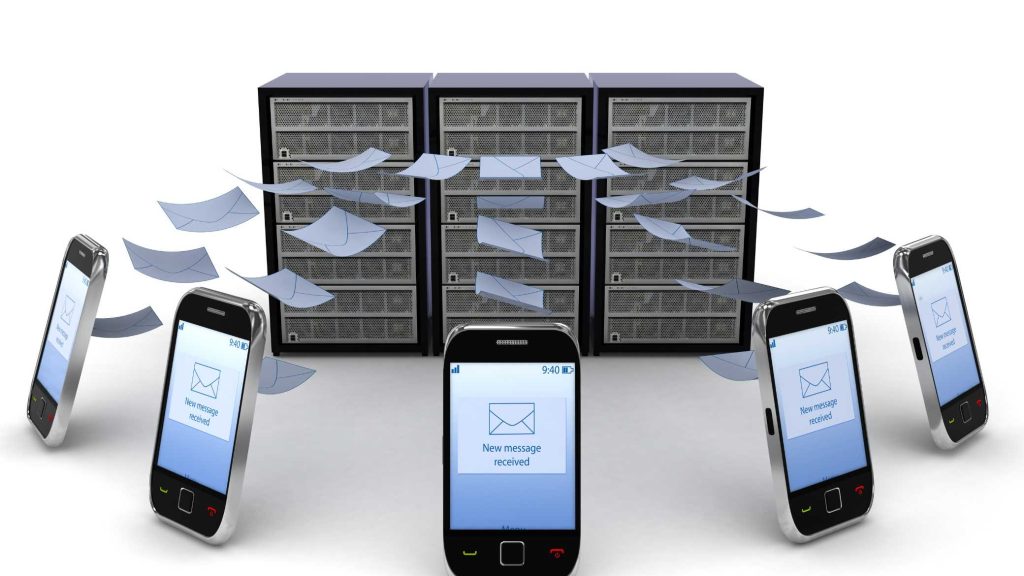
Conversion rate is the most critical metric for marketers. In this aspect, SMS often outperforms email. A user receiving a time-limited offer via text is more likely to act than someone reading a long-form promotional email. However, context matters. While SMS may yield quicker responses, email is better suited for nurturing leads, providing educational content, and promoting big-ticket products. Email can sustain brand storytelling, whereas SMS is better for direct action. SMS is ideal for one-step CTAs like “Buy Now,” “Confirm,” or “Track Order,” while email is perfect for showcasing product features, client case studies, and loyalty programs. Therefore, the better channel for conversions depends on your specific campaign goal, customer lifecycle stage, and the product or service being offered.
Cost Effectiveness and Return on Investment in 2025
Both channels offer high ROI, but SMS usually requires a slightly higher upfront cost per message. However, its high engagement compensates for the cost, making it suitable for businesses where immediate response is crucial. Email, being relatively cheaper to send in bulk, is ideal for long-term campaigns. Brands looking to maximize every marketing dollar often deploy both—email for nurturing and SMS for closing. For example, an eCommerce brand might use an email campaign to promote a product and follow up with an SMS offering a last-minute discount. This synergy leads to a higher overall conversion rate than using either channel in isolation.
Personalization and Automation in 2025 Marketing Ecosystems

In 2025, personalization is no longer optional—it’s expected. Both email and SMS platforms now offer AI-powered segmentation, predictive analytics, and behavioral triggers. Emails can feature dynamic content blocks that change based on user activity, while SMS campaigns can be triggered by real-time actions such as browsing behavior, cart abandonment, or geolocation. Marketing automation tools now allow marketers to build multi-step workflows that combine email and SMS based on user engagement. For example, if a user opens an email but doesn’t click, an SMS might follow up with a direct CTA. This level of intelligence maximizes impact and minimizes wasted reach.
User Behavior and Channel Preferences Among Consumers
Consumer behavior plays a huge role in the success of marketing campaigns. While some demographics like Gen Z prefer quick, mobile-first communication like SMS or messaging apps, others such as working professionals and older users prefer detailed emails they can revisit later. Email is often checked during work hours on desktops, making it ideal for B2B communication, whereas SMS is omnipresent—read on smartphones regardless of time or place. Marketers in 2025 must analyze their target audience’s behavior, device usage, and preferred channels to craft campaigns that resonate. Many brands now offer users the choice to receive either emails or SMS, improving engagement through channel preference customization.
Compliance, Privacy, and User Consent in Modern Campaigns
With global regulations like GDPR, CCPA, and India’s DPDP Act, both email and SMS marketing are under scrutiny. Explicit user consent is mandatory, and opt-out mechanisms must be provided. In SMS, opt-in messages must be clearly documented, and each message must include an unsubscribe option. Email marketers must manage unsubscribe lists, use verified domains, and avoid spam triggers. In 2025, data privacy is a key differentiator—brands that respect user preferences, provide transparency, and secure user data will maintain trust and long-term engagement. Compliance is not just a legal requirement; it’s a brand value.
Real-World Use Cases and Industry-Specific Applications
Different industries benefit from email and SMS marketing in unique ways. eCommerce businesses use email for product launches and SMS for delivery updates. Healthcare providers use SMS for appointment reminders and email for lab reports. Educational institutions share newsletters via email and send urgent notices via SMS. Fintech companies deliver KYC alerts via SMS and use email for detailed policy explanations. These examples highlight how both channels serve specific purposes within an omnichannel strategy. Choosing the right channel based on use case is key to increasing conversions and minimizing communication fatigue.
Best Practices for Combining Email and SMS in 2025
The most successful marketers don’t choose between email and SMS—they use both strategically. Best practices include coordinating timing so users aren’t overwhelmed, using SMS as a follow-up to unengaged emails, and ensuring message consistency across both platforms. For instance, send a product offer via email with all details, then follow up the next day with a short SMS saying “Last day to save!” Timing, tone, and user segmentation are critical. Always monitor response data, A/B test different formats, and refine campaigns for better results. Integration tools like omnichannel CRMs and marketing automation software make it easy to execute cross-platform strategies effectively.
Email vs SMS Marketing – Conclusion:
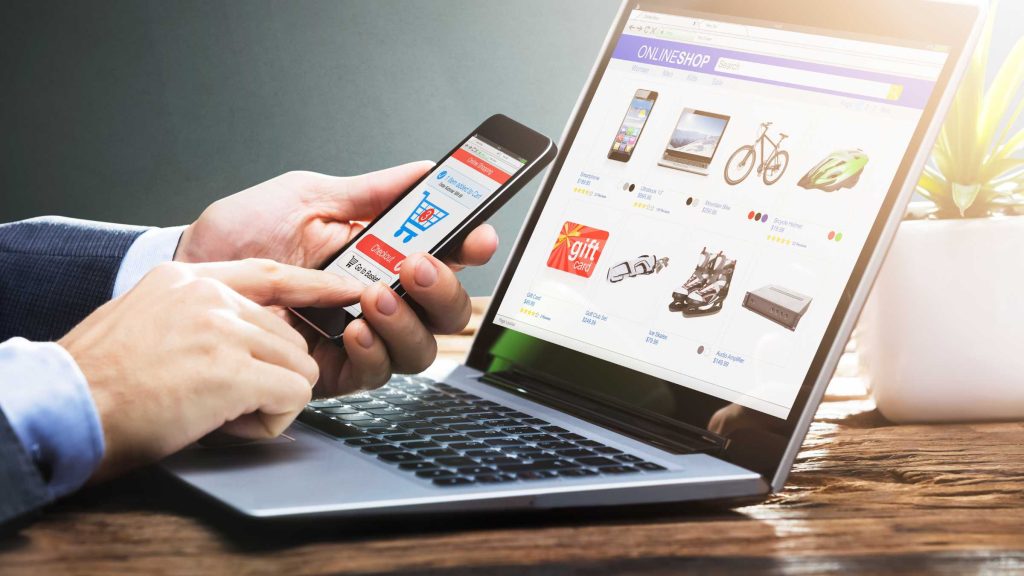
The verdict? It depends. SMS offers higher open and conversion rates and is unbeatable for time-sensitive campaigns. Email provides deeper engagement, brand storytelling, and long-term nurturing. In 2025, smart marketers are blending both into their strategies. The real question isn’t which is better—it’s how to use both together for maximum impact. For fast actions, use SMS. For building relationships, use email. Master both, and you unlock the full potential of digital marketing conversion.
Buy Now : 100+ Shopify Premium Themes
Disclaimer : This blog post is for informational purposes only and does not constitute professional advice. Readers are encouraged to consult with marketing professionals and legal experts to determine the best practices, tools, and compliance measures suited to their specific business needs and industry.
Keywords : Email vs SMS Marketing – Email vs SMS Marketing 2025 – Email vs SMS Marketing guide


